This year on Wednesday May 15th teachers throughout Korea were honored with "teachers' appreciation day". In the case of Hamchang that meant a ceremony the day before where the students lined up on the soccer field and the teachers were presented with corsages (the boys were brave enough to pin them on the male teachers but I don't think a single one even attempted to pin one on any of the female teachers). Afterwards each teacher received a pair of hiking socks from the student body. Hiking socks might seem an odd gift but Korean gifts are typically though not always practical. The teachers also received a box of 24 mini cheese cakes from the owner of the school - a thoughtful gesture but not really practical, I ended up giving some of mine away to the students with whom I rode the bus later that day.
On the day of the holiday school was cancelled and the teachers all went to Sangju for the annual teachers' volleyball game. This was an entire day event of eating, drinking and playing volleyball. Each school had a selected volleyball team that played the tournament style game. From what I gather tournament volleyball is a bit different from sport volleyball and it took me a game or so to catch on to the rules (I was a bit confused for awhile why kicking the ball was an acceptable way to volley the ball back over the net.) I was fortunate that my friend Grant also works at a Hamchang school and attended the tournament so in between his games we could sit and chat, otherwise it would've been a very lonely day in the sun while my co-teachers gorged on meat and drank alcohol. From what I gathered Hamchang's volleyball team did well - they were in the semi-finals when I left the tournament at 5pm though I suspect they must have lost since nothing was said of it the following day.
1 Comment
 For the past year I've been eagerly counting down the time I have left in Korea and in late April it struck me - I only had a few months left. Suddenly I realized there were a few things I still wanted to do while here and so I created a "bucket list" of sorts with the things I want to do before I embark for the journey home. My bucket list isn't all that long - there are fewer than 10 items and I've started checking them off one by one. The top entry on my list was attending the Lotus Lantern Festival in Seoul in mid-May. This annual festival in honor of the Buddha, which I also attended last year, is held the weekend before the Buddha's birthday. I decided that I could easily knock a few items off my list and planned a weekend in Seoul doing a variety of activities. Lotus Lantern Festival The Lotus Lantern Festival, a bright and colorful celebration for the Buddha, is held in a central location of Seoul. Jogyesa, the headquarters for the Jogye order in Korea organizes the parade (which concludes at the temple) as well as other activities which are held on a closed strip of road which passes by the temple. Though it seems the festival has foundations in localized Buddhist traditions the Lotus Festival itself is relatively new only dating back a few years. Hundreds if not thousands of people participate in the parade - Buddhist monks from throughout Korea and the world, women dressed in hanbok (traditional dress), children from local schools and even foreigners. Most of the participants carry some type of lantern though others dance or play instruments. A few of the parade participants gave away their lanterns at the end of the parade and I was fortunate enough to be the recipient of one such lantern (they seemed to have favored children and foreigners). Below are a few photos of Jogyesa and the parade Sanchon Another item high on my bucket list was to enjoy another meal at a Buddhist restaurant. Since Baru, the restaurant across from Jogyesa, didn't have any open tables I walked over to Sanchon which is tucked back from the main road in Insadong. Sanchon is probably the most well known temple restaurant in Seoul, it was started by a former Buddhist monk and in the evenings there is a musical performance. Like Baru the restaurant is vegan and uses a variety of seasonal and fresh vegetables. The style of food of the two restaurants is reflected in their decor - Sanchon offers a more "traditional Korean experience" with large plants, hanging lotus lanterns and traditional items throughout the restaurant. The food follows suit and seemed to be more traditional Korean fare. On the other hand Baru is a more sleek and modern restaurant without any hint of traditional kitsch as is the food - the restaurant focuses on a modern gastronomical experience. Which restaurant a patron might prefer probably depends on the experience he or she is expecting - a modern take on temple food or something more traditional. Personally, I preferred Baru's dishes but I can see how Sanchon's atmosphere would appeal to the a visitor to Korea. Changdeokgung Palace After spending the night at a local hanok (traditional home) I arose early in the morning to visit the nearby Changdeokgung Palace, a former residence of Korean royalty. Seoul has a few different palaces, the most famous being Gyeongbokgung which I visited lasted year. Changdeokgung is best known for its gardens in which seasonal flowers bloom. Below are a few photos I took of the palace. After exploring the palace I headed to an outdoor market that specializes in organic food, most of which is vegan. I was able to enjoy a delicious lentil burger before heading back to the Lotus Lantern festival. The street in front of Jogyesa was closed off and there were a variety of booths on Korean culture and Buddhism both in Korea and other countries. I chatted for a couple of minutes with monks from Sri Lanka and Nepal before being blessed by them before beginning the long journey back to Jeomchon.
Early on in the month of May my school held its annual sports festival. These festivals are common place in Korean schools - often times they involve a series of athletic competitions (some serious, others rather silly). At my school the main event was the soccer tournament. The students also participated in a water balloon throwing contest, wrestling and a relay race. As with anything else in Korea the festival began with speeches from the principal, the P.E. teachers and for some reason me. Every once in awhile it strikes the fancy of the administration to have me give a random speech. I guess I should be thankful they asked me 10 minutes before I headed home the night before rather than the morning of the festival. However, they did tell me I could arrive at my usual time in the morning and I only happened to get to school early so I could work on a few lesson plans - a plan which was thwarted because the festival started 30 minutes earlier than I was told. Organization does not seem to be a virtue in Korean culture.
The biggest draw during the festival was the soccer match between the middle school soccer team and the high school soccer club (pictured above). I've mentioned in a previous post that the middle school is a training school for a local semi-professional soccer team. The boys, from the ages of 13-15 attend school from 9am-1pm and then train for the remainder of the day. I suspect their coach had high expectations for them so I think it took everyone by surprise when the high school club team easily beat them. Supposedly the loss was due to a few mishaps - the middle school players forgot their cleats (they practice in a different location) and their usual positions were switched up. Possibly it was done on purpose so the high school players, their seniors, wouldn't lose face. Either way it was an interesting match to watch and an enjoyable day outside. |
| Mindy in the City |
|
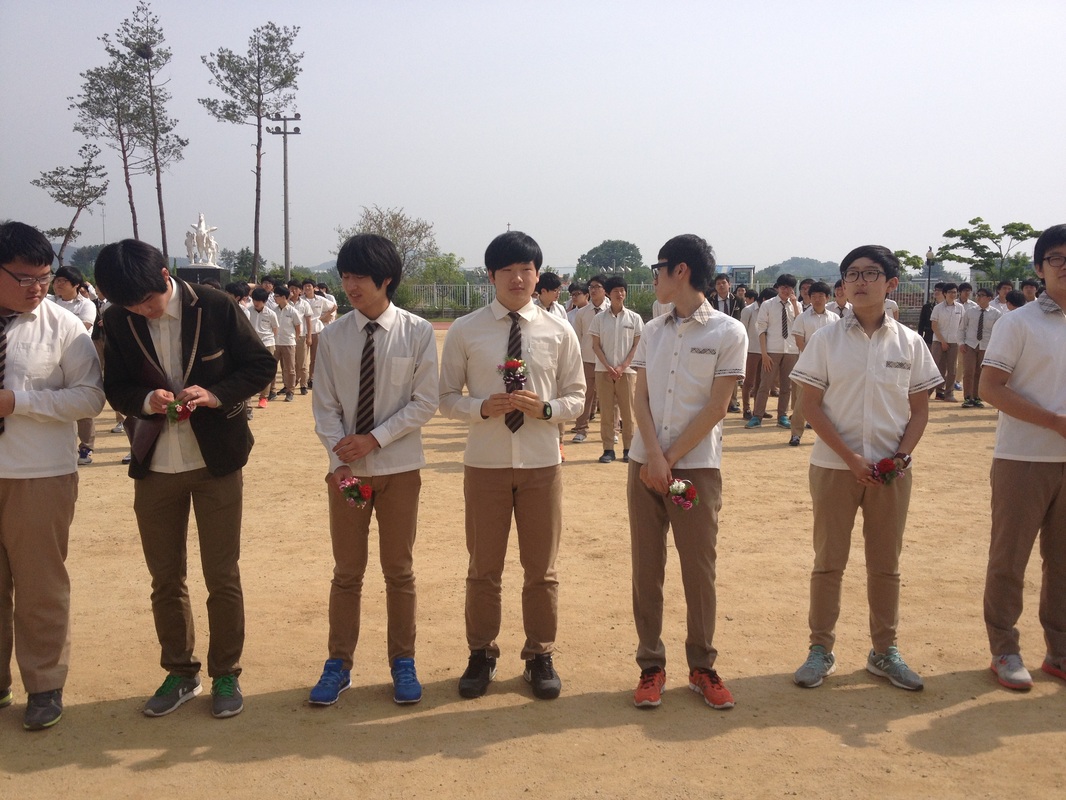
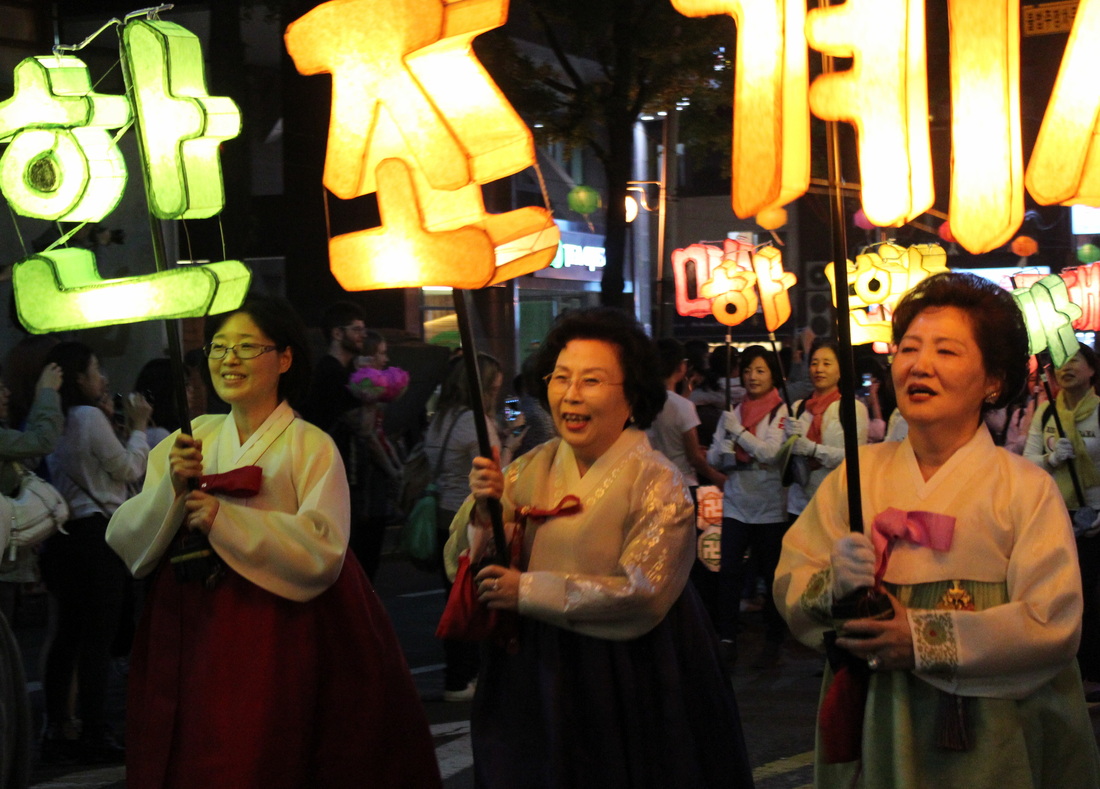



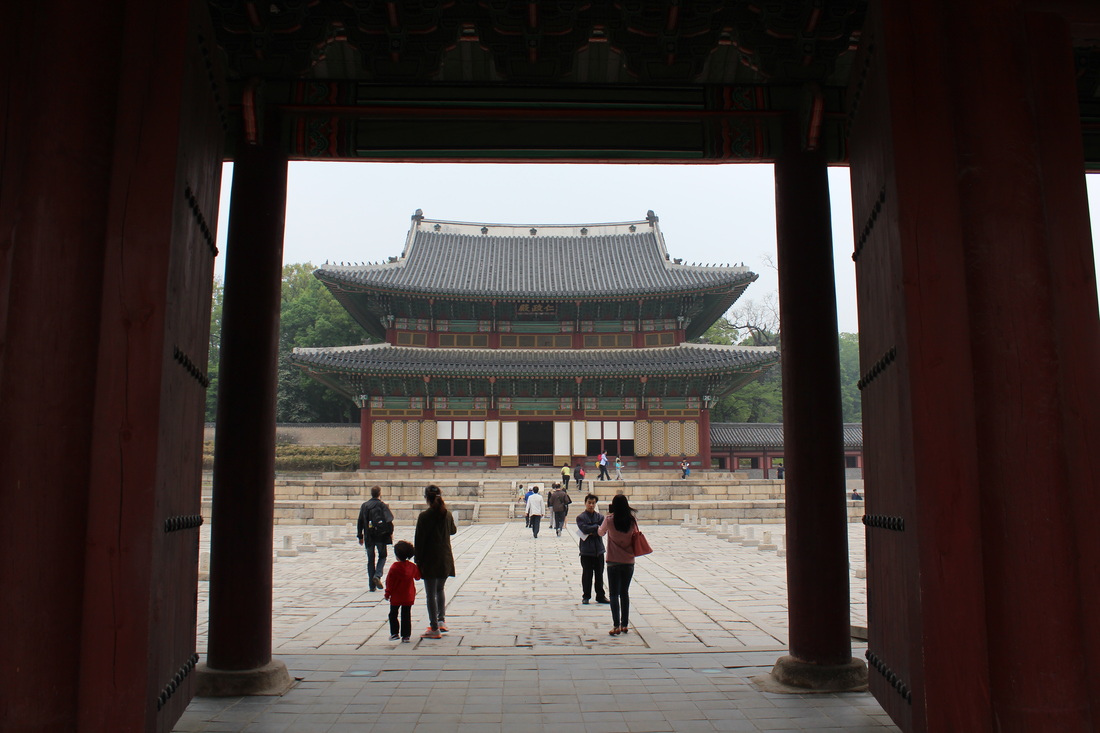




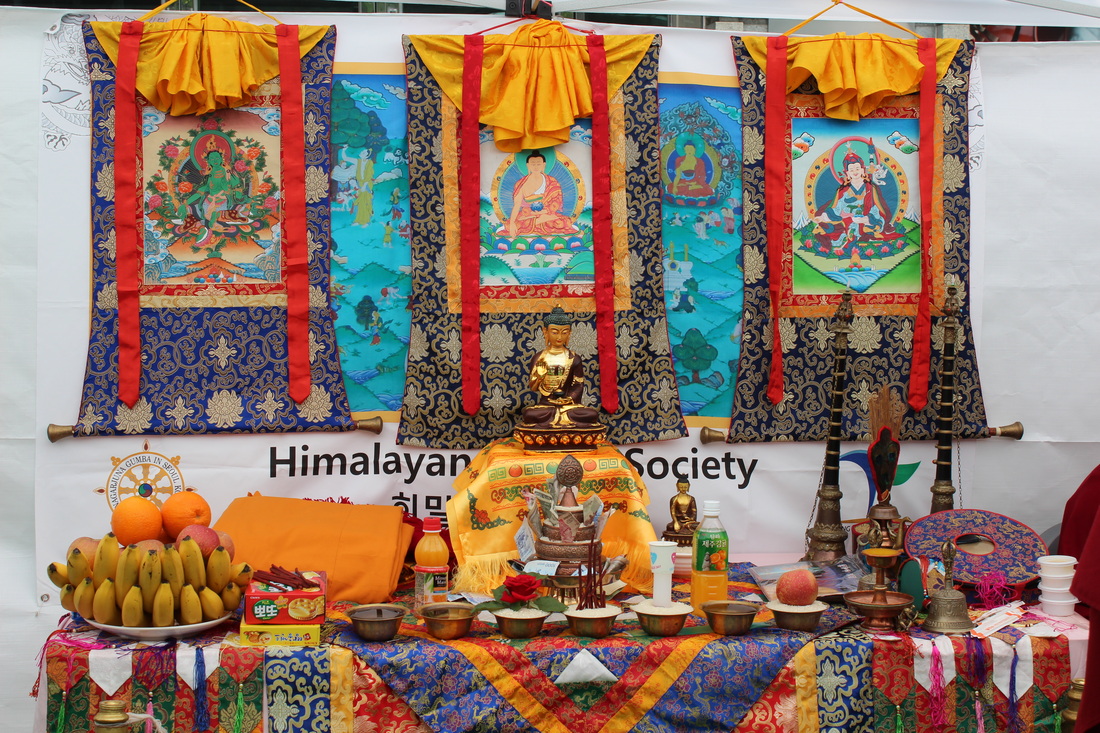
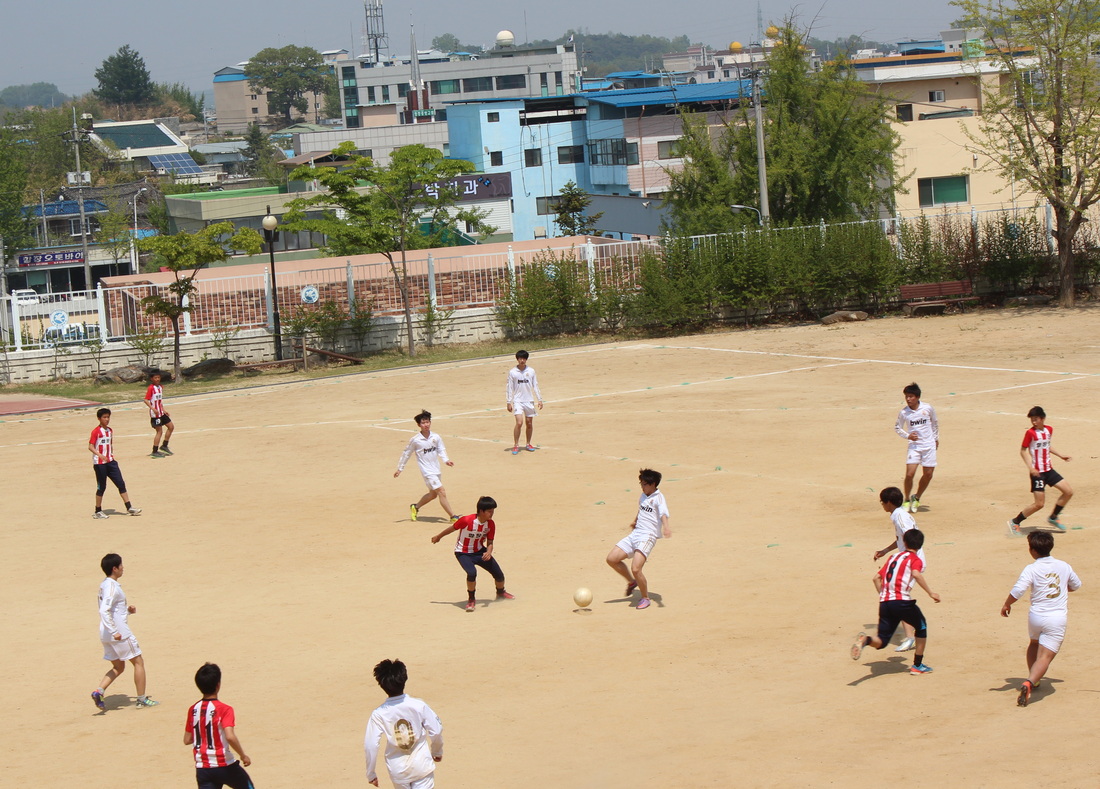
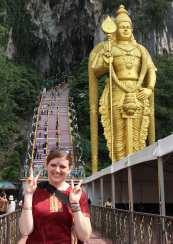
 RSS Feed
RSS Feed